Content

In either case, using these accounts can help you better manage depreciation expense, keep your accounts receivable balance accurate, and properly dispose of and account for obsolete inventory. You may not need to use contra asset accounts right now, but as your business grows, using contra asset accounts will likely become a necessity. Inventory obsolescence is an expense account, while the allowance for obsolete inventory is a contra asset account, which aims to reduce the inventory valuation on your balance sheet. Contra asset accounts provide business owners with the true value of certain asset accounts. For example, let’s say your accounts receivable balance is currently $11,500, but you’re not entirely sure that you’ll be able to collect the entire balance due.
Therefore, contra equity accounts have a debit balance to offset their corresponding equity balances. Your bank account, the inventory you currently stock, the equipment you purchase, and your accounts receivable balance are all considered asset accounts. In essence, contra asset accounts have a negative balance while other asset accounts have a positive balance.
What Is the Benefit of Using a Contra Account?
The allowance method of accounting allows a company to estimate what amount is reasonable to book into the contra account. The percentage of sales method assumes that the company cannot collect payment for a fixed percentage of goods or services that it has sold. For example, if a piece of heavy machinery is purchased for $10,000, that $10,000 figure is maintained on the general ledger even as the asset’s depreciation is recorded separately.
However, some asset accounts need a negative counterpart to reduce the balance of that account. The debit balance of the asset account and the credit balance of the contra asset account determine the net value of the asset. When examining the term “contra asset account,” look no further than the root of contra to get a vague grasp of the definition. Because contra means “against,” one could quickly conclude that a contra asset account is going to be an account that goes against the regular asset account on the Balance Sheet.
AccountingTools
Contra accounts are used to reduce the original account directly, keeping financial accounting records clean. The difference between an asset’s balance and the contra account asset balance is the book value. Accumulated depreciation is the most prevalent type of contra asset account. It represents all the depreciation related to an asset or the company’s overall assets. Usually, companies add to the accumulated depreciation account after every accounting period.
Quite frankly, the actual definition is not far from this estimate. In a sense, a contra asset account is a negative asset account that detracts from all of the other assets included in the balance sheet. More specifically, record the contra asset as a credit that is supposed to balance out a correlating plant asset.
Contra Account Examples
Note that the asset account balance represents the purchase price of the asset in question, also known as its historical cost. A contra asset (CA) account is an account in the balance sheet that offsets the balance of a regular asset account. Contra asset accounts help companies to record any reductions to their non-current and current assets. By doing so, they can bring their asset accounts to a more accurate position.
The situations that contra asset accounts appear are the ones dealing with Depreciation, which will be explored below. Most accountants choose to record the depreciation over the useful life of an item in the accumulated depreciation contra asset account, which is a credit account. The balance sheet would show the piece of equipment at its historical cost, then subtract the accumulated depreciation to reflect the accurate value of the asset.
Definition of Contra Asset Account
For example, an increase in the form of a credit to allowance for doubtful accounts is also recorded as a debit to increase bad debt expense. The outstanding balance of a contra asset account represents a credit figure. These accounts are maintained individually and are adjusted from the corresponding asset’s balance to show the net amount of the assets in financial statements. For most companies, the contra asset accounts will also include several types. Before understanding contra asset accounts, it is crucial to learn what contra accounts are. Whereas assets normally have positive debit balances, contra assets, though still reported along with other assets, have an opposite type of natural balance.
However, bad debt expense can arise to the sales made in earlier periods. In general, accounts receivable are converted into cash within the operating cycle. This is treated as loss during the period, also called bad debt expense. This loss contra asset account is treated as an ordinary business expense and is deducted from the asset’s balance. The difference, which is $500, is thus listed as a discount on bonds payable and is debited to the contra liability account “discount on bonds payable.”
The above accounts are the standard items that a company’s financial statements will include. However, there are other items as well that may not show in those financial statements. A contra account is an entry on the general ledger with a balance contrary to the normal balance for that categorization (i.e. asset, liability, or equity).


